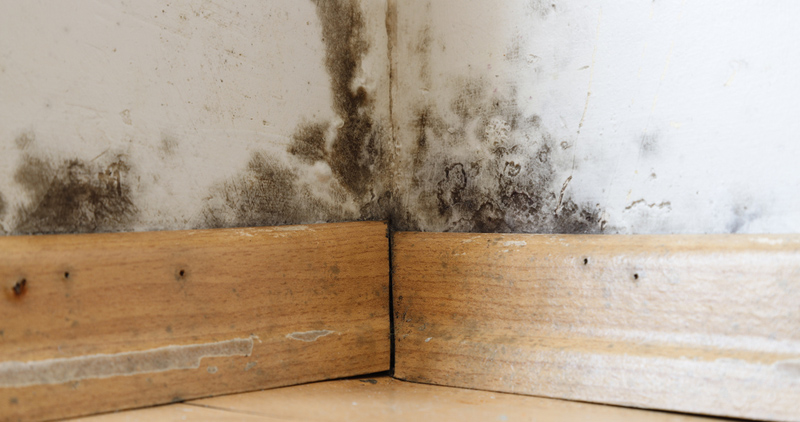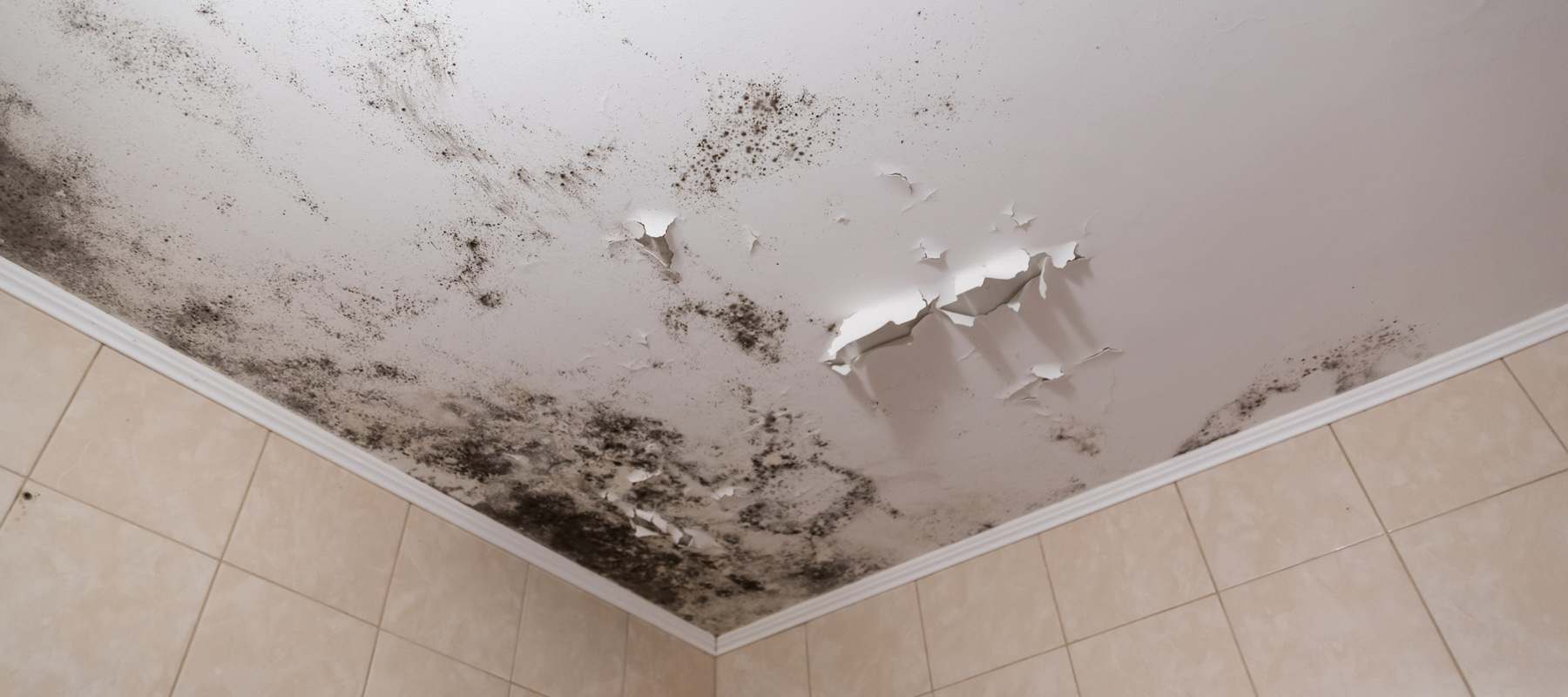Housing Toxic Mold? The Health Dangers and Removal Costs
Last Updated: December 06, 2023

Fact Checked By: Ryan Maguire
On This Page
Mold is something that we want to keep out of our homes. Some molds are toxic and extremely harmful to your health.
Mold grows from tiny cellular organisms called spores. It just takes an area that has constant moisture and mold can seize hold. It's nature's way of breaking down decaying matter, wet on the floor in a forest or field.
If you have wet carpet or drywall in your own home the mold is not going to know the difference. It can find its way into any moist area.
Some mold spores can be airborne. If the mold isn't already airborne, there's one way to put it into the air, removal.
When you rip out some moldy carpet or drywall it causes the mold to fly up into the air. That can be extremely bad for your health.
That's why there are professionals that specialize in mold removal. Mold is not a thing to be taken lightly. If you have mold in your home you need to get it out soon and get it out safely.
Do not disturb it if you have questions! Just get a professional in to look at it and assess the situation. They will safely remove the mold and investigate the cause.
Mold Removal Prices/Mold Remediation Prices #
Professional mold removal costs $500 to $6,000+ on average depending on the extent and type of contamination. Key cost factors include:
Size of affected area - Larger areas require more labor and materials for remediation. Mold growth on just a small section of wall is cheaper to treat than a whole room or basement.
Type of material infected - Porous surfaces like drywall are harder to fully sanitize compared to non-porous tile and metal. May require complete replacement which is more expensive.
Mold type - Some particularly hazardous varieties require special containment procedures and biocides which increase project costs.
Access issues - Difficult to reach areas drive costs up due to more labor time, materials, containment barriers and tools needed.
Extent of containment - Intensive plastic partition containment barrier setups increase remediation costs but help avoid spore spread.
For minor visible surface mold, you may pay $500 to $2,000. However for major infestations inside walls or HVAC systems costing $4,000+, or even up to $10,000 or above in severe cases requiring extensive reconstruction and biocidal treatment.

Real Mold Remediation Cost Examples #
"I had a small area of visible mold growth on my drywall due to minor water damage. A mold pro used surface cleaning and spray treatment which cost $450 total." - Amanda T.
"There was spreading mold inside my home's walls from an AC leak. To contain, remediate, sanitize, patch walls and repaint cost $2,800 for a medium sized area in my kitchen." - Michael S.
"For a bathroom mold issue, contractors had to replace the shower enclosure, treat inside the walls, plus new drywall, tile and grout which totaled $7,500." - Melissa D.
"An HVAC leak causing mold across ceiling and walls of a large basement bedroom cost $8,900 for professional mold remediation company to fully treat." - Steve W.
"We had major mold taking over an entire schoolroom due to flooding. With custom containment tenting, machinery, biocide injections and reconstruction the enormous commercial project was $72,000." - Rob G.
As you can see, mold remediation costs widely vary from $500 for minor cleanups to $100Ks for severe, large-scale infestations.
Common Household Mold Types #
Cladosporium - One of the most common molds found both indoors and outdoors. Dark green or black in color. Grows on fabrics, wood, food and carpet. Can cause allergic reactions.
Penicillium - Frequently found indoors on wallpaper, carpet, insulation and rotting fabrics. Known for a blue, grey, green or white hue. Can cause hypersensitivity, allergies and infections.
Alternaria - A dark mold that grows on surfaces around windows, shower curtains, drywall and carpets. Links to allergic reactions, asthma issues, and even skin infections.
Aspergillus - Rapidly growing various colored mold seen on water damaged materials like drywall. Can release dangerous mycotoxins leading to lung infections if inhaled at high levels.
Stachybotrys - The infamous "black mold". Dense colonies have a dark black wet sheen. Can produce harmful mycotoxins causing respiratory issues and lung inflammation. Requires professional removal.
There are thousands of mold varieties. Any visible accumulation should be addressed quickly first through moisture reduction, followed by cautious cleaning using containment principles to avoid spore spread. If uncertain, hire a mold professional for testing and safe treatment.
Health Effects of Mold Exposure #
Allergic Reactions - Mold spores can cause runny nose, eye irritation, coughing, wheezing and skin rashes in those with sensitivities.
Respiratory Issues - Mold inhaled deeply into lungs can cause trouble breathing and worsen asthma in at-risk people.
Infection Risk - Some toxic molds like Aspergillus release spores that can cause serious lung or sinus infections requiring hospital care.
Toxic Reactions - Dangerous molds including Stachybotrys release harsh mycotoxins that inflame airways and mucus membranes when proximity is close.
Compromised Immunity - Mold toxin exposure over time can lower immunity increasing susceptibility to illness for children, elderly and those already unwell.
Neurological Problems - Headaches, memory issues and cognitive dysfunction have been reported in those exposed to some virulent mold varieties.
If you are experiencing unexplained health issues combined with presence of moisture or mold issues in your home, consult both a medical professional and experienced mold inspector to identify and safely remove hazardous fungal growths. Don't take risks with this silent health hazard.
